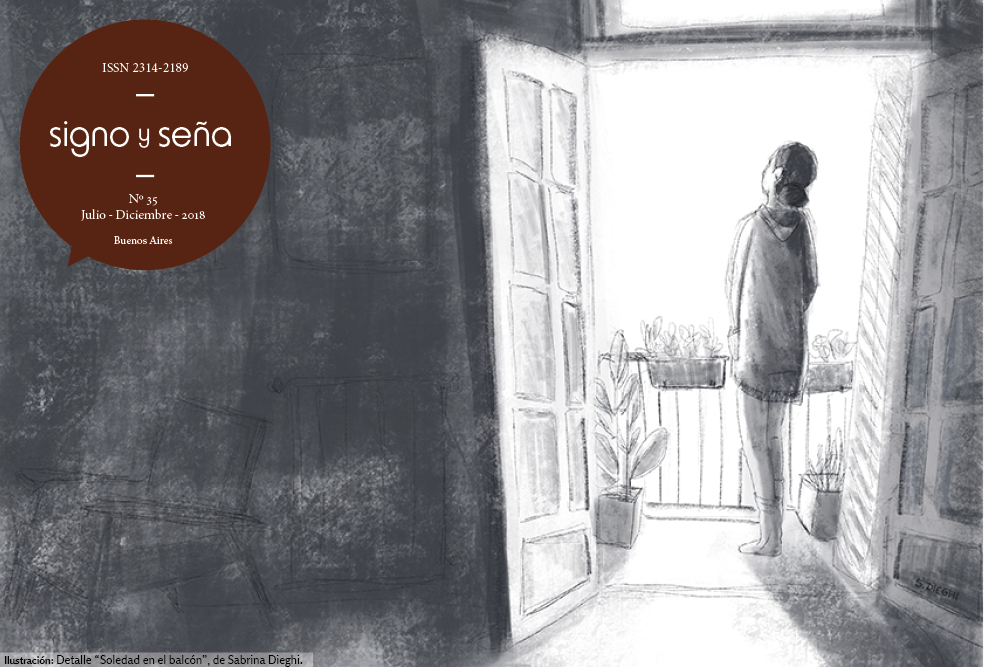Under the gaze of Cangjie: Chinese Language and writing in the City of Buenos Aires
Keywords:
Chinese writing, Buenos Aires, China Town, migrants
Abstract
Despite the geographical and cultural distance between China and Argentina, cultural and economic exchanges between these two countries are increasingly frequent. In addition, in the last fifteen years immigration from this Asian country had increased considerably. In this article we will make an approach to the linguistic landscape of the CABA, considering specially the use of Chinese writing, in its two varieties (traditional and simplified) in the public space. We will focus on the linguistic landscape of the Chinatown of the CABA since it is in this public space where different agents can be observed: the Chinese and Taiwanese immigrants, the municipal State and the Chinese National State. The use of traditional or simplified writing within the Chinatown indicates not only two moments of immigration but also a political tension between those from the PRC and those who are originally from Taiwan. The GCBA, on the other hand, chooses the simplified writing to carry out the signage of the Neighborhood, taking a political position regarding what is the writing associated with the “Chinese”. Likewise, this intervention on public space uses writing not for an instrumental purpose but to construct a scenario in which “Chinese culture” is offered to the “tourist”.Downloads
Download data is not yet available.
Published
2019-07-01
How to Cite
Sartori, M. F. (2019). Under the gaze of Cangjie: Chinese Language and writing in the City of Buenos Aires. Signo & Seña, (35), 27-48. https://doi.org/10.34096/sys.n35.6936
Issue
Section
Dossier. Paisajes lingüísticos latinoamericanos: razones a favor, en contra y un montón de artículos
- Authors keep the copyright and give the journal the right of the first publication, with the work registered with the Creative Commons Attribution-ShareAlike 4.0 International License, which allows third parties to use what is published whenever they mention the authorship of the work and the first publication in this magazine.
- Authors can make other independent and additional contractual agreements for the non-exclusive distribution of the article published in this journal (eg, include it in an institutional repository or publish it in a book) as long as they clearly indicate that the work It was published for the first time in this magazine.
- Authors are allowed and recommended to publish their work on the Internet (for example on institutional or personal pages).

















